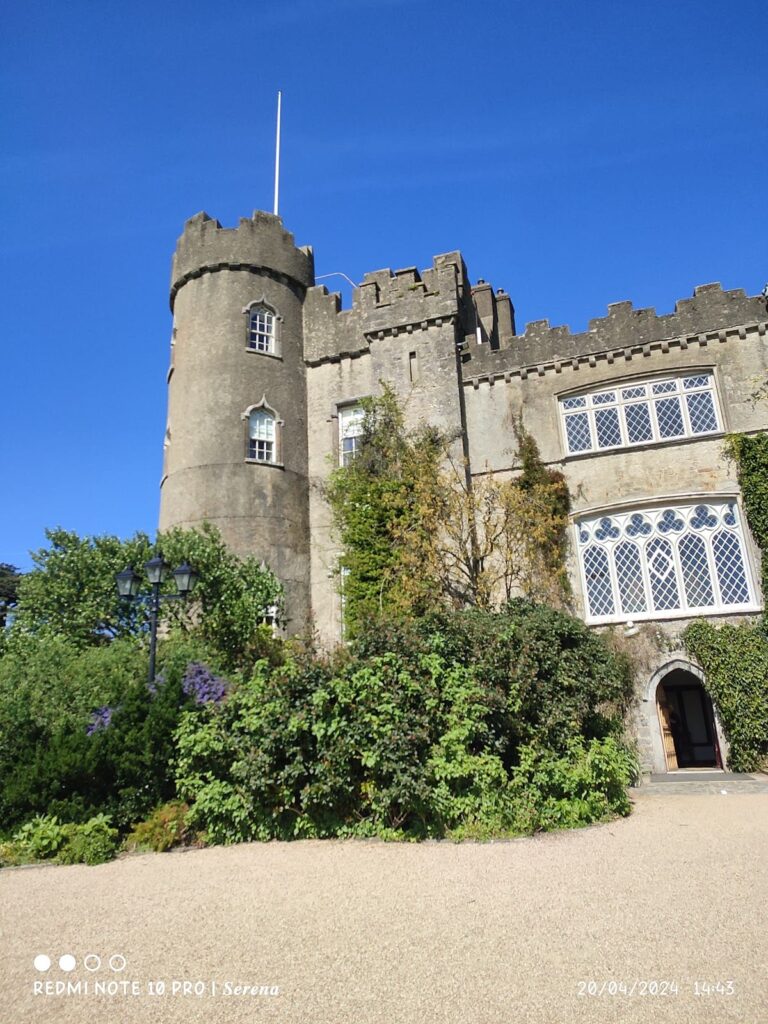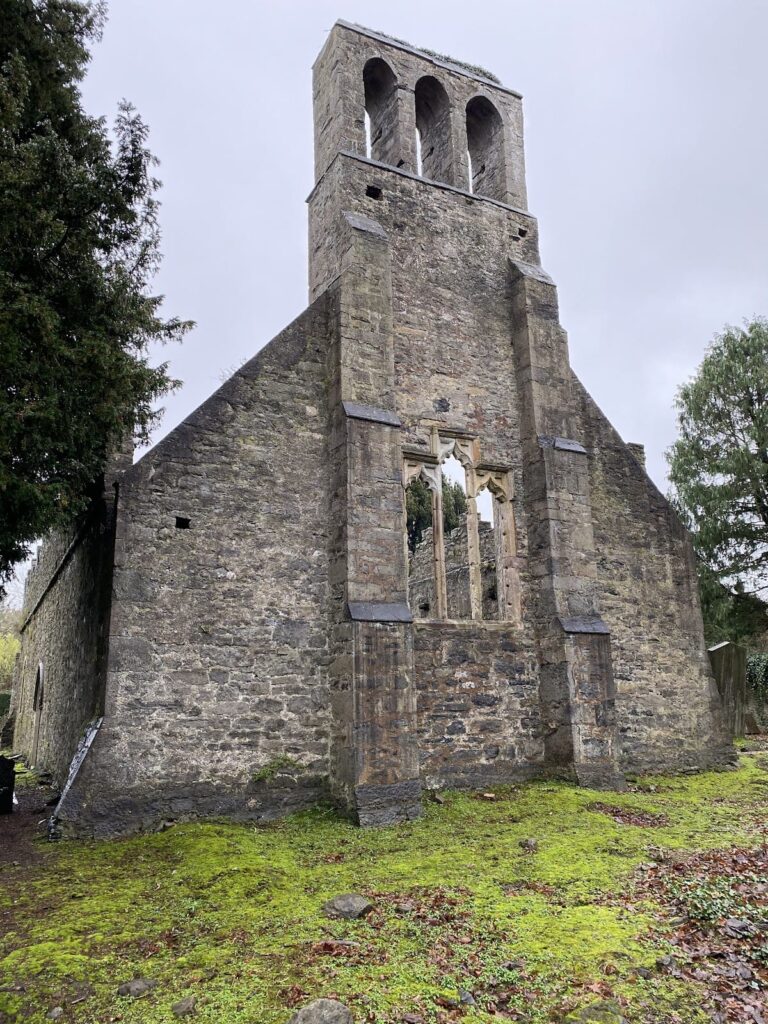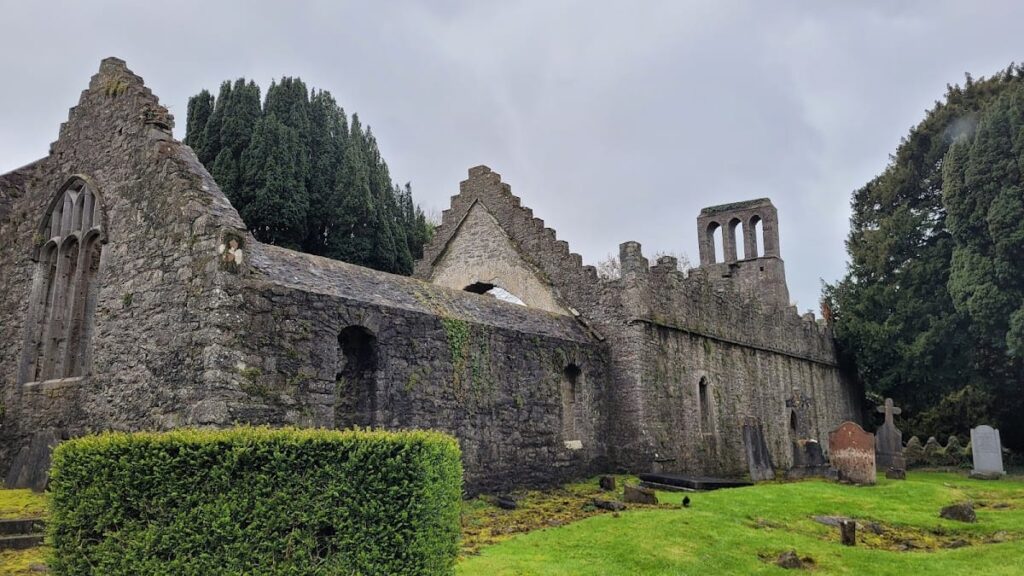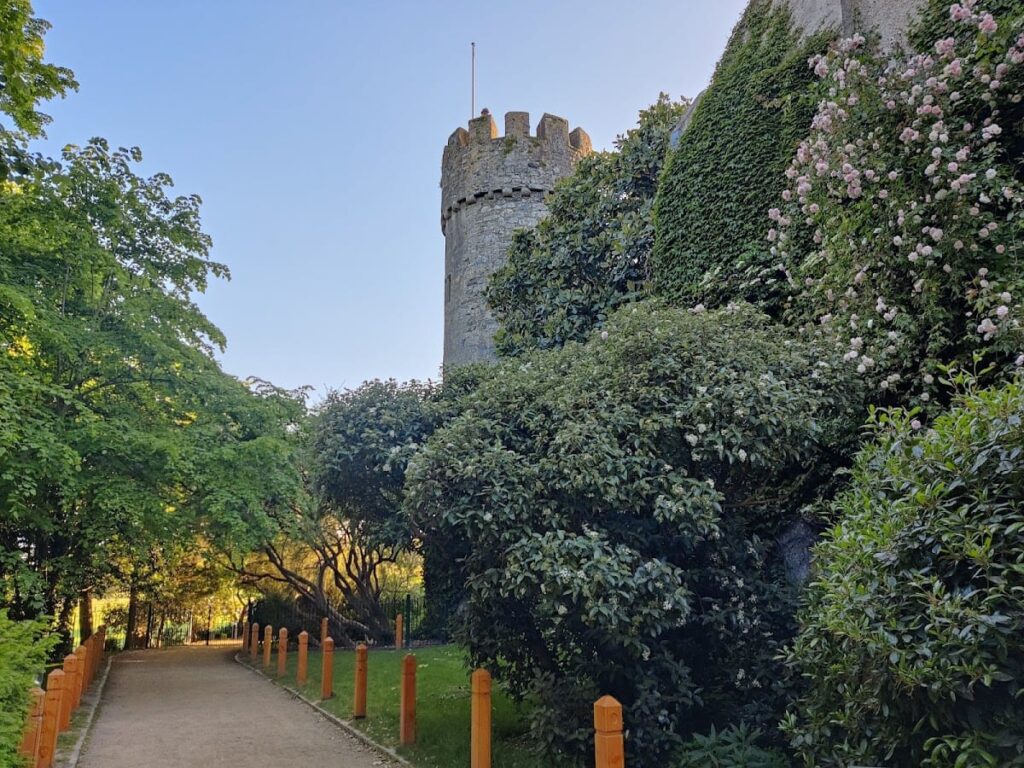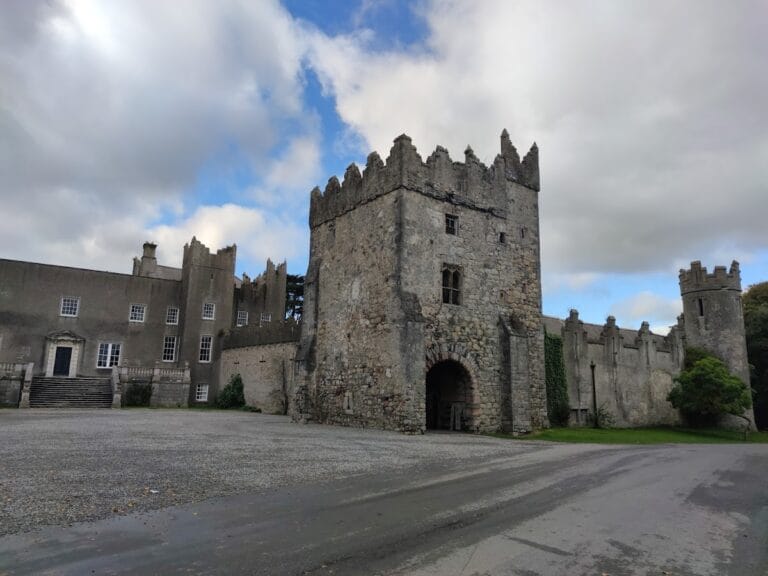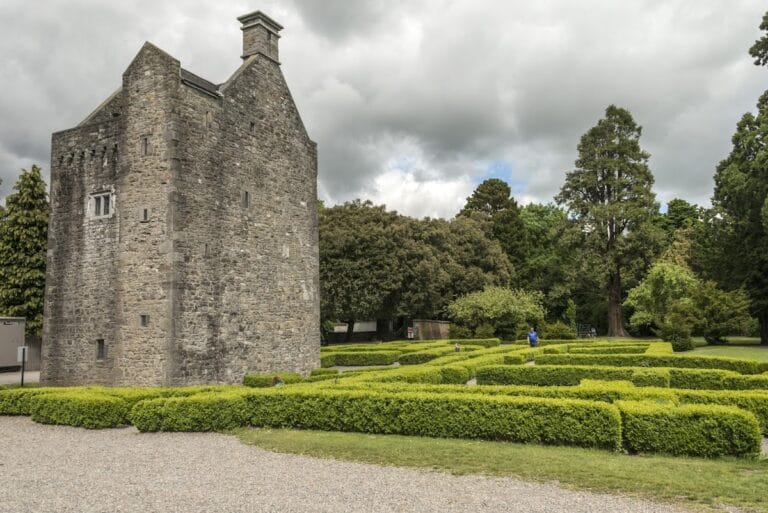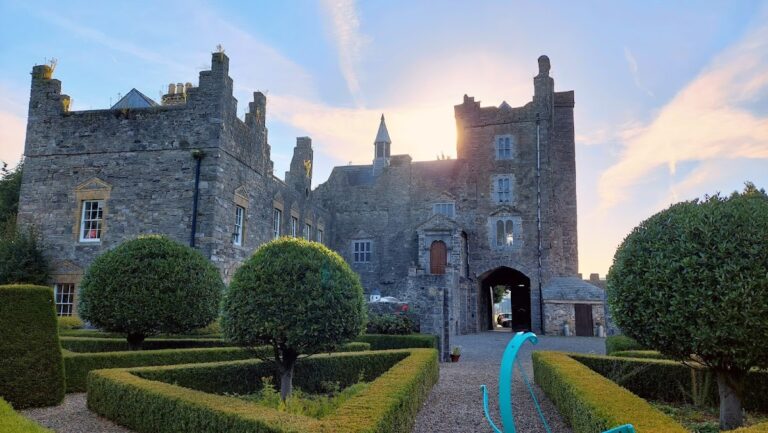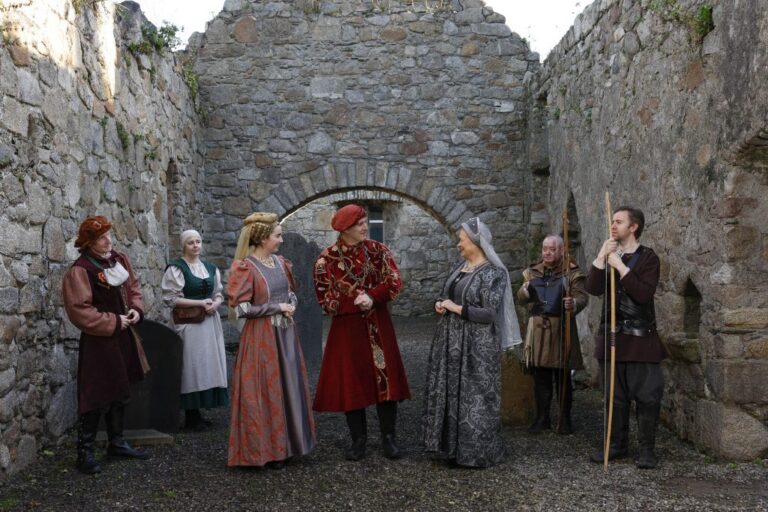Malahide Castle: Historic Estate and Gardens in County Dublin, Ireland
Visitor Information
Google Rating: 4.6
Popularity: High
Google Maps: View on Google Maps
Official Website: malahidecastleandgardens.ie
Country: Ireland
Civilization: Medieval European
Remains: Military
History
Malahide Castle is located in Malahide Demesne, County Dublin, Ireland. It was established in 1185 when Richard Talbot, a knight who arrived in Ireland with King Henry II in 1174, was granted the lands and harbour of Malahide. This marked the beginning of the Talbot family’s long association with the castle and estate.
From its founding in the late 12th century, the Talbot family lived continuously at Malahide Castle for nearly eight centuries. The only interruption occurred between 1649 and 1660, during the Cromwellian conquest of Ireland. At that time, Oliver Cromwell granted the castle to Miles Corbet, a supporter of the Commonwealth. After Corbet’s execution, the property was restored to the Talbot family.
The castle underwent significant expansion during the reign of Edward IV (1461–1483), reflecting the family’s growing status. Later, in 1765, towers were added to the structure, further enhancing its defensive and residential features. Despite the turbulent history of Ireland, including the Battle of the Boyne in 1690 where fourteen Talbot family members died in a single day, the estate remained in the family’s possession. The Talbots maintained their Roman Catholic faith until 1774, enduring the restrictions imposed by the penal laws.
During World War I, in 1918, the grounds of Malahide Castle were used for military purposes. A mooring base for airships was established to support anti-submarine patrols over the Irish Sea. These airships operated from RNAS Anglesey, but plans to continue this use after 1919 were abandoned following the war’s end.
In the 1920s, the castle gained literary significance when private papers of the 18th-century writer James Boswell were discovered there. These documents were sold to American collector Ralph H. Isham and later transferred to Yale University for publication, contributing to Boswell scholarship.
Ownership of the castle passed to the 7th Baron Talbot in the 20th century. He intended to donate the property to the Irish State, but after his death in 1973, his sister Rose inherited it. In 1975, she ceded the castle to the state to settle inheritance taxes. This transfer led to the sale of many furnishings and valuables, some of which were later recovered by private collectors and government agencies.
Remains
Malahide Castle is a large stone structure with origins dating back to the 12th century. Its layout reflects centuries of additions and modifications, including significant enlargements during the 15th century and the addition of towers in the 18th century. The castle is set within a 260-acre parkland known as Malahide Demesne Regional Park, which preserves an 18th-century landscaped design featuring wide lawns bordered by trees.
Inside the castle, notable rooms include the Oak Room and the Gothic Great Hall. The Great Hall displays the history of the Talbot family and serves as a venue for private events. Behind the castle lies a courtyard that houses a café, craft shop, and other retail spaces.
The Talbot Botanic Gardens, located to the rear of the castle, cover several hectares. They include a 1.6-hectare walled garden and seven glasshouses, among them a Victorian conservatory. These gardens showcase plants from the southern hemisphere, particularly species from Chile and Australia, reflecting the 7th Lord Talbot’s interest in plant collecting during the mid-20th century.
The demesne offers various outdoor facilities, including woodland walks, an exercise trail, and sports areas. These include a cricket pitch known as Lady Acre field, multiple football pitches, a 9-hole par-3 golf course, an 18-hole pitch-and-putt course, tennis courts, and a boules area. A pavilion near the golf courses provides a café and other amenities. An extensive children’s playground is situated close to the castle.
Seasonal transport options include a road train that loops between the castle and the nearby railway station, as well as a coastal tour bus departing twice daily from the castle grounds.
Two former exhibits once located on the estate have since been relocated. Tara’s Palace Museum of Childhood moved in 2011, and the Fry Model Railway was transferred in 2020. The Fry Model Railway is now displayed in the restored Casino House near the railway station, a former Talbot family shooting lodge.
